
Mixing interior design styles can be incredibly rewarding when done right. Rather than locking yourself into a single aesthetic, blending styles allows for a more personal, meaningful space that reflects who you are. But without careful planning, it can quickly turn into visual chaos. This guide breaks down exactly how to mix styles with intention and confidence. If you’ve ever wondered how to combine modern minimalism with vintage warmth, or farmhouse charm with urban edge, this is your ultimate guide to mixing interior design styles with balance, flow, and most importantly, zero clutter.
Why Mixing Styles Works
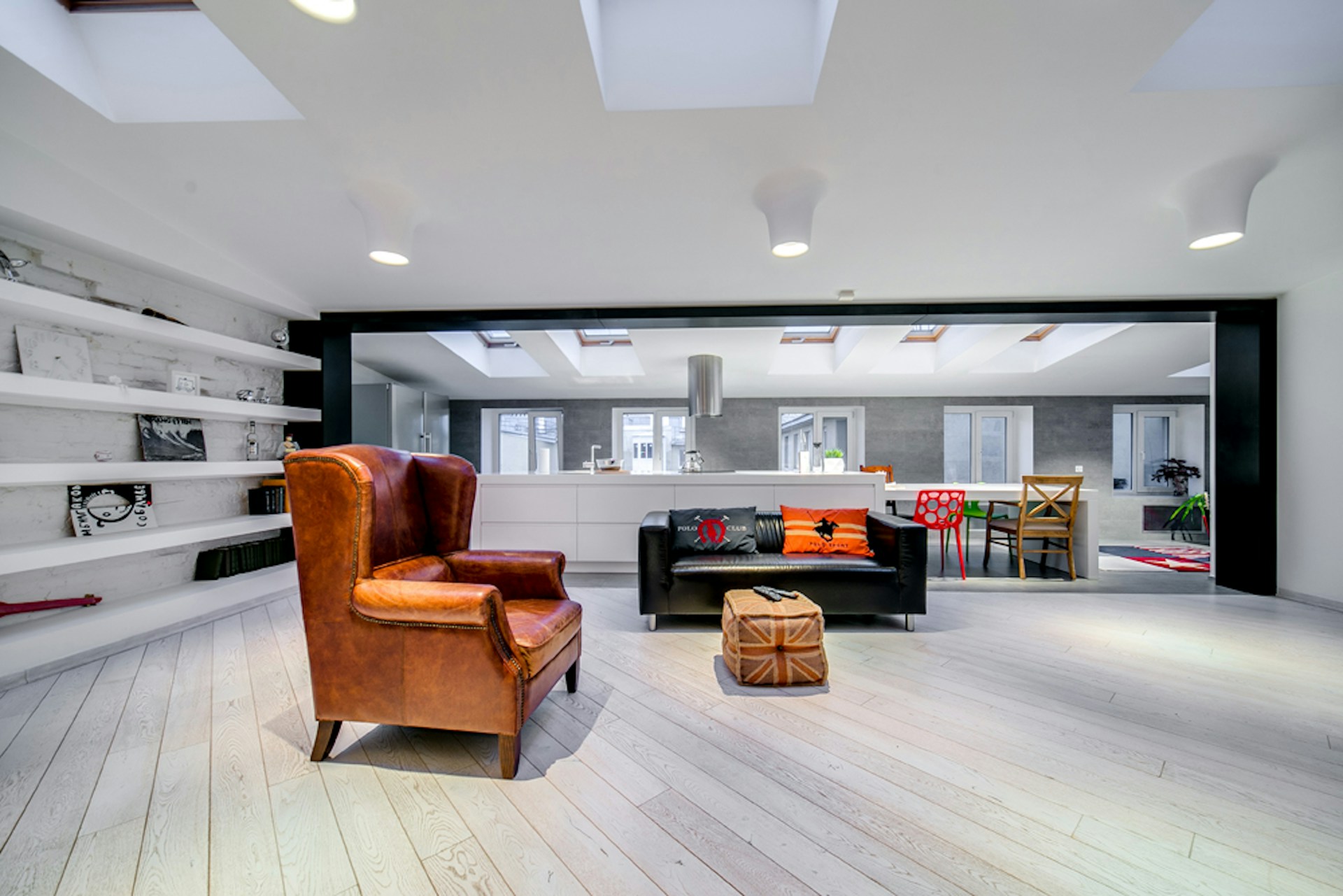
Celebrating Personal Style
Your home is a story—and mixing styles is one of the best ways to tell it. Whether it’s travel souvenirs, heirloom furniture, or eclectic art, combining aesthetics allows your personality to shine through more than any single design genre can.
More Depth and Dimension
Pairing clean lines with textured materials or modern shapes with traditional finishes creates visual contrast and richness. This layering gives your interiors a lived-in, curated feel.
Greater Flexibility in Design Choices
By embracing more than one design language, you open the door to meaningful pieces you already own or future items you fall in love with—without having to match everything to a rigid style rulebook.
Key Principles for Mixing Interior Design Styles
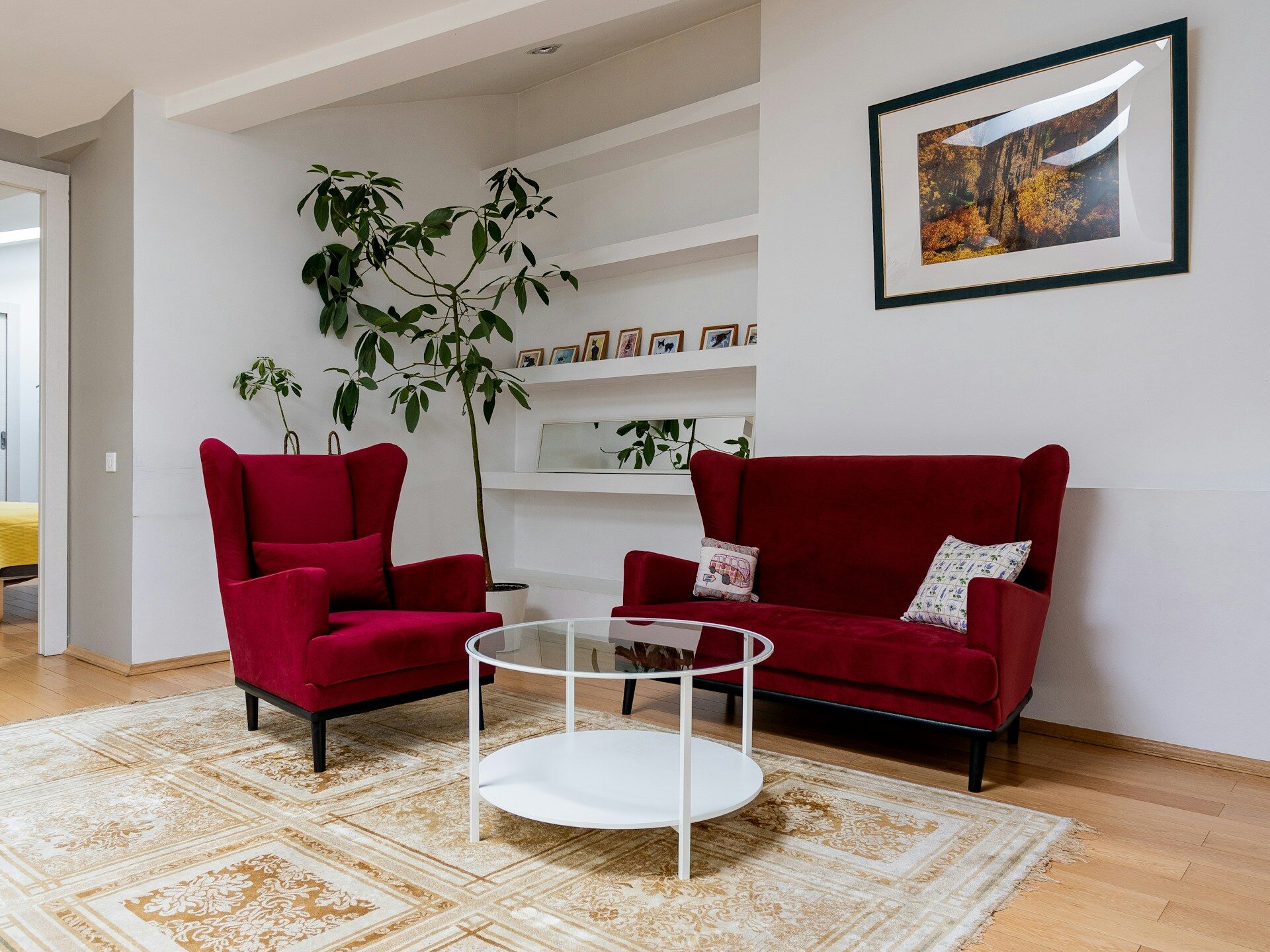
Find a Unifying Color Palette
Color is the common thread that can make even the most contrasting styles feel harmonious. Choose two or three base colors and repeat them throughout different elements—walls, furniture, accessories—to tie the room together.
Balance Is Key
If you’re combining ornate vintage furniture with sleek modern finishes, let one take the lead. Aim for a dominant style making up 70–80% of the space, and the secondary style filling the rest. This prevents visual overload and maintains cohesion.
Repeat Materials and Textures
Even when aesthetics vary, repeating materials like natural wood, brass, or velvet provides continuity. Choose 2–3 core materials and carry them through different style elements.
Create Visual Flow
Transition between styles gradually. Avoid harsh changes in shape, color, or scale from one room to the next. Group items by tone or size to create smooth visual rhythm.
Start with a Base Style
Choose one design style as your foundation—like Scandinavian, modern, or traditional. From there, sprinkle in elements of a second or even third style in smaller ways through textiles, art, or accessories.
Common Style Combinations That Work
Modern + Mid-Century

This is a favorite blend for lovers of sleek lines and retro character. Pair contemporary materials like black steel and glass with iconic MCM shapes like tapered legs and walnut finishes.
Farmhouse + Industrial
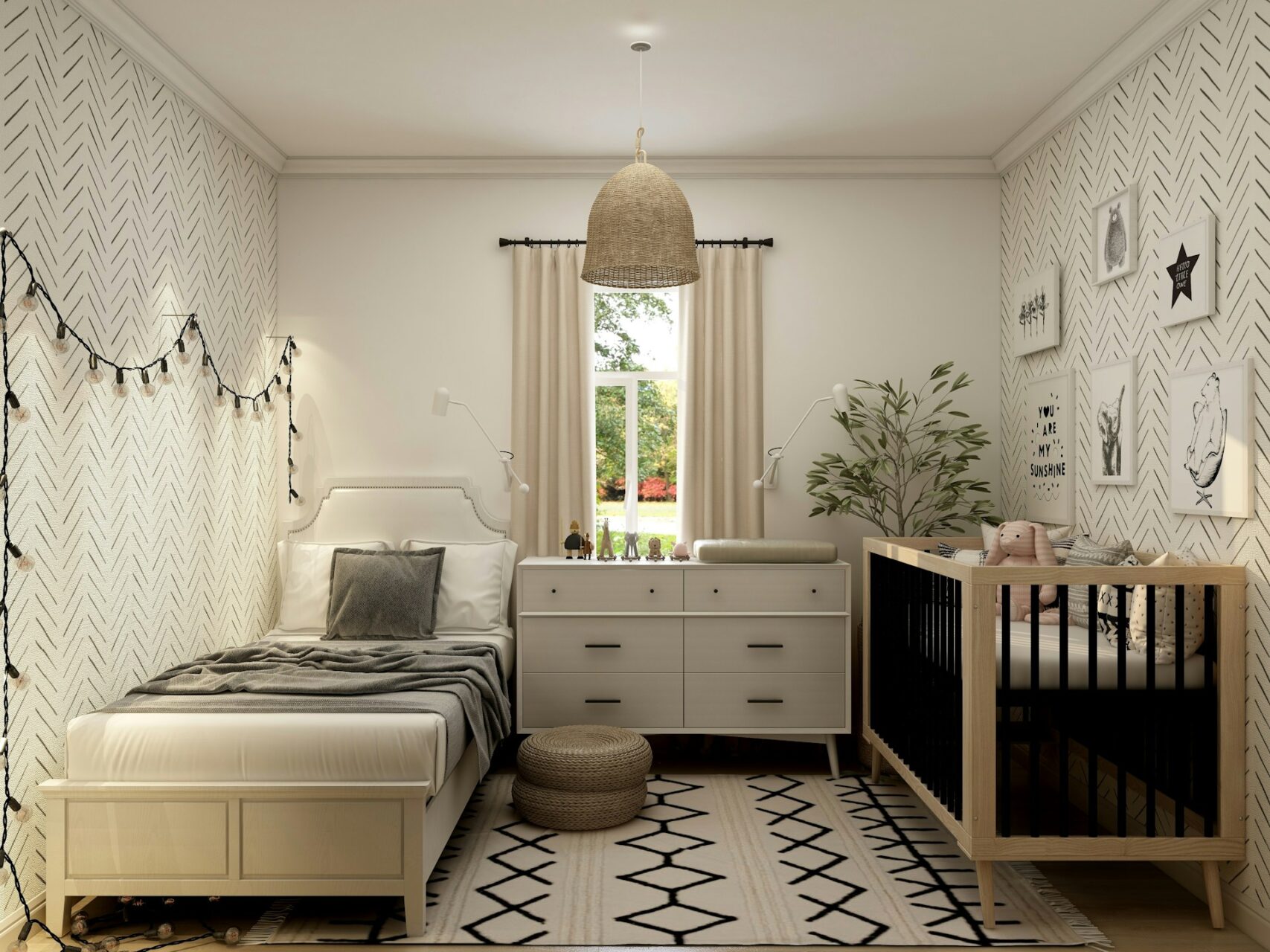
Use distressed wood, linen, and shiplap as your farmhouse base, and add industrial flair with black metal fixtures, concrete accents, and exposed piping.
Boho + Scandinavian
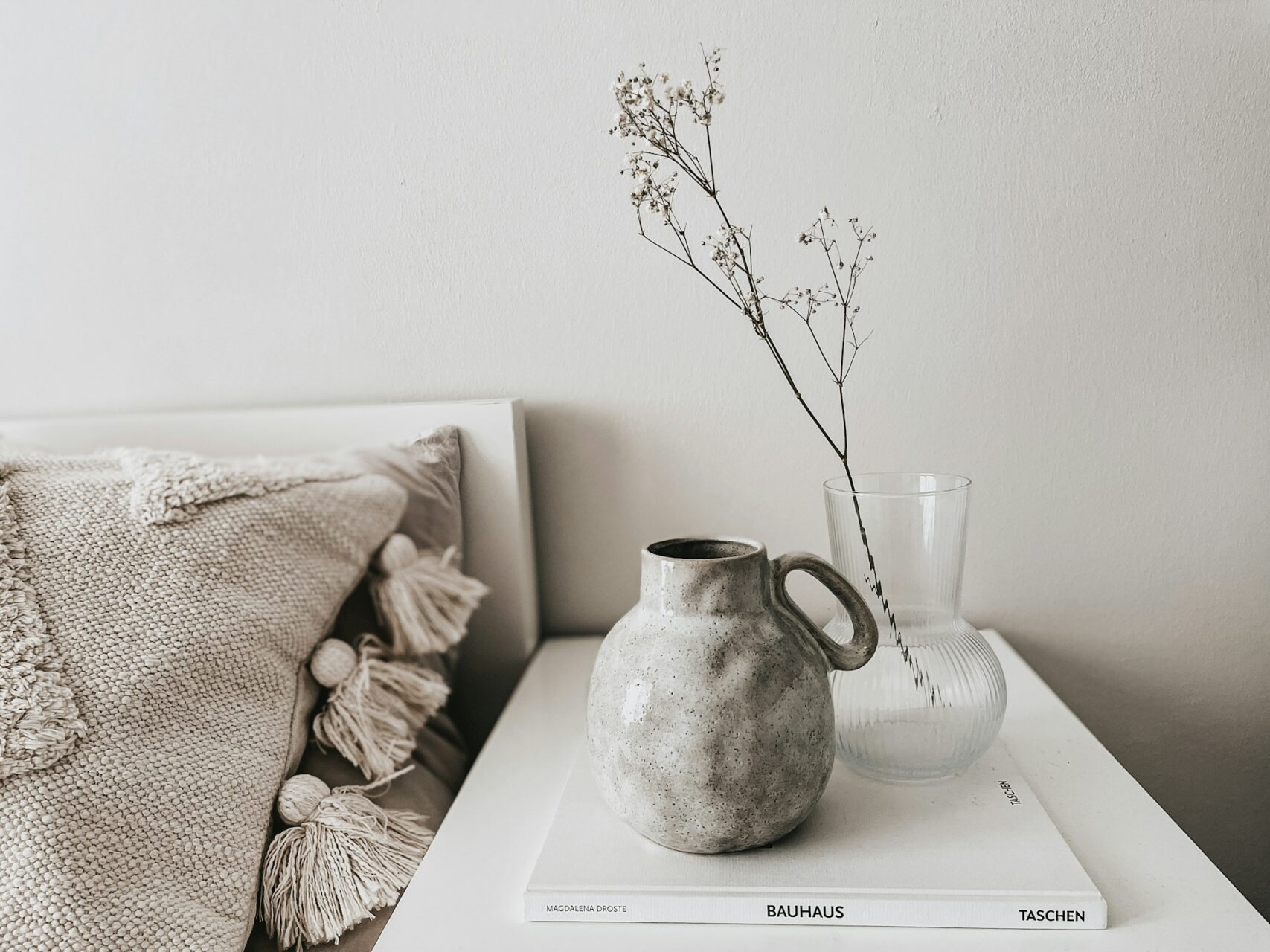
Balance neutral tones and clean layouts with globally inspired rugs, rattan textures, and layered plants. The result: a light, cozy space with lots of soul.
Traditional + Contemporary

Classic silhouettes and timeless details meet minimal decor and modern lighting. A tufted Chesterfield sofa can pair beautifully with a marble-topped contemporary coffee table.
How to Avoid Clutter When Mixing Styles
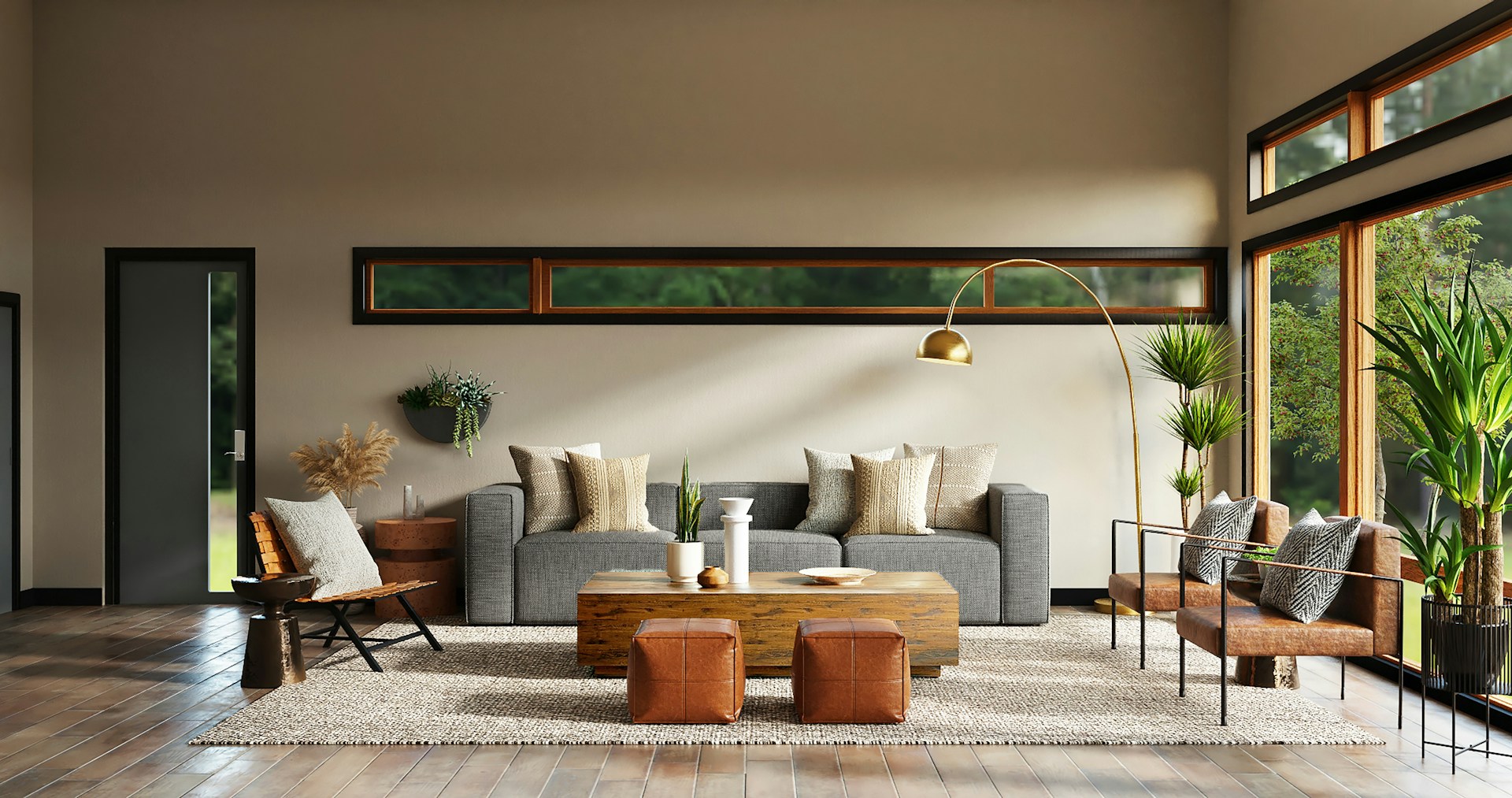
Declutter Ruthlessly
Every item should serve a purpose—either functional or emotional. Remove duplicates, unused items, or pieces that no longer bring you joy.
Use Negative Space
Let your design breathe. Open areas on shelves, walls, or floors allow the eye to rest and help prevent the space from feeling chaotic.
Group by Visual Weight
Don’t put all large or visually heavy pieces on one side of a room. Distribute weight evenly to maintain balance and prevent the space from feeling lopsided.
Be Selective with Statement Pieces
Limit focal points to one or two per room. This prevents the room from becoming overstimulating and allows those pieces to truly stand out.
Real-World Examples & Inspiration
Interior Designers Who Do This Well
- Emily Henderson – Master of layering vintage charm with modern function
- Shea McGee (Studio McGee) – Seamlessly combines coastal, traditional, and modern elements
Resources for Style Inspiration
- Instagram hashtags:
#stylemixing,#eclectichome,#modernboho - Houzz.com – Curated galleries by style combination
- Apartment Therapy – Real homes with real-world mixes
Conclusion
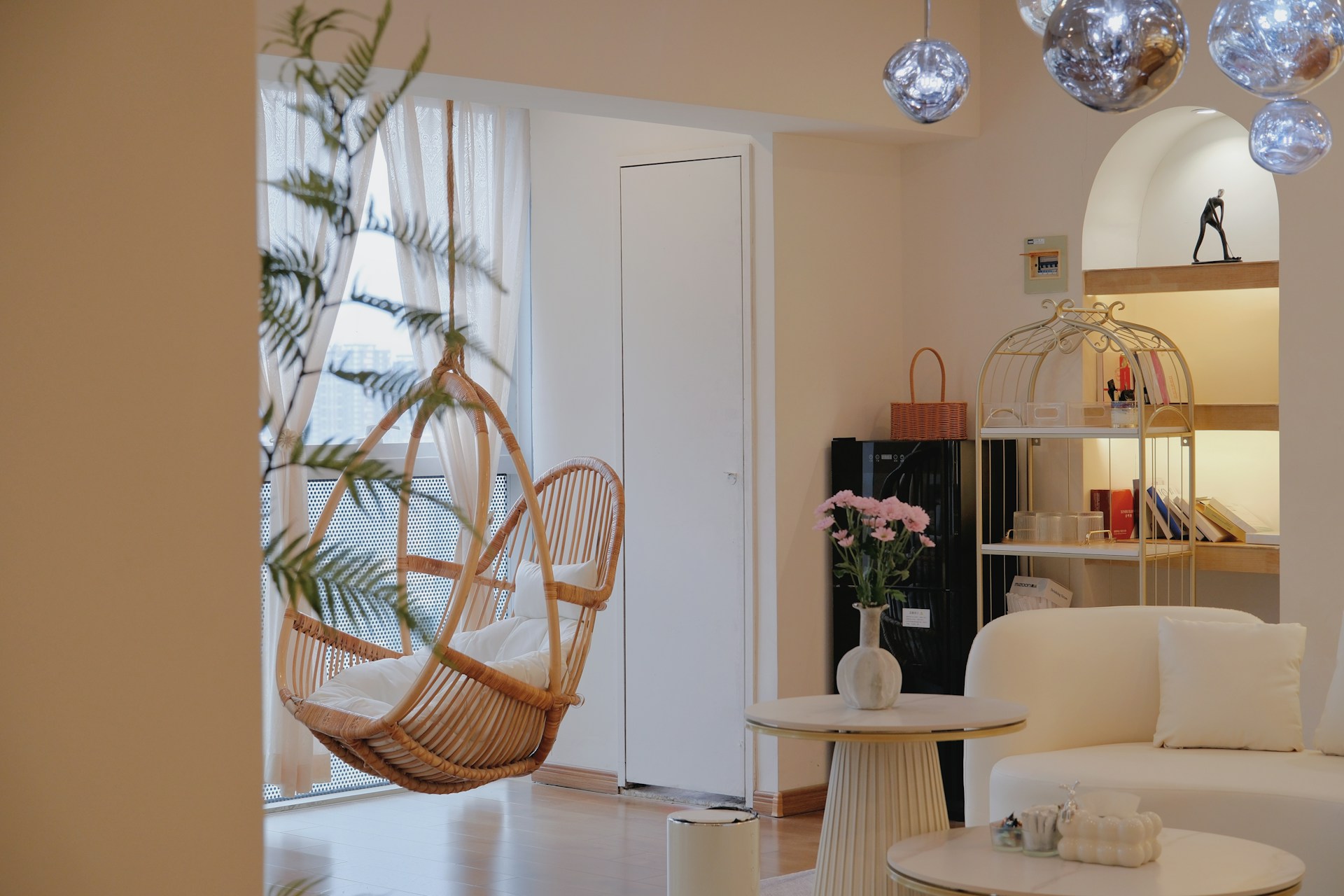
You don’t have to choose between modern or rustic, boho or minimalist. Mixing interior design styles gives you the freedom to express yourself, embrace meaningful pieces, and craft a home that’s truly one of a kind. With a few strategic guidelines—color cohesion, balanced proportions, and thoughtful layering—you can create a space that feels harmonious, personal, and anything but cluttered.
Our Amazon picks:
- nuLOOM 5×8 Rigo Jute Hand Woven Area Rug
- Mid Century Modern Accent Chair with Solid Wood Frame
- Office Desk Chair Leather, Conference Room Chairs with Wheels
- 47″ Wood Linear Pendant Dimmable Light Led 36w
- Suconvng Abstract Colorful Wall Art Painting Canvas Art Wall Decor 20×40
FAQs – Mixing Interior Design Styles
1. Is it okay to mix two very different styles?
Yes! As long as you maintain visual cohesion through color, material, or layout, any styles can work together.
2. What’s the easiest style to mix with others?
Scandinavian style is very adaptable due to its neutral base and clean design principles.
3. Can I mix styles in a small space?
Absolutely. Focus on clutter-free layouts, a consistent palette, and functional storage to avoid overwhelm.
4. How do I know if my space feels cohesive?
Take photos from multiple angles. If something visually disrupts flow, scale it back or move it.
5. Should furniture match when mixing styles?
No. In fact, mixing complementary shapes and finishes often looks more curated and intentional than full matching sets.
See also:
- 10 Best Desk Plants for a Healthier and More Productive Workspace
- Top Interior Design Trends That Will Dominate in 2025
- How to Style a Small Living Room Without Sacrificing Comfort
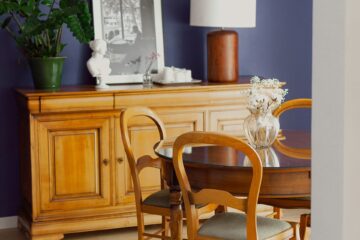
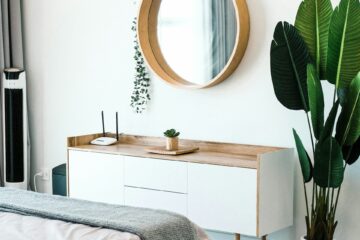
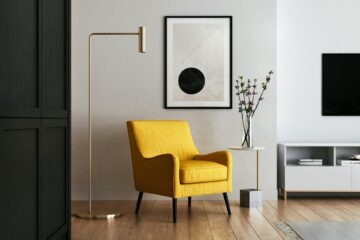
0 Comments